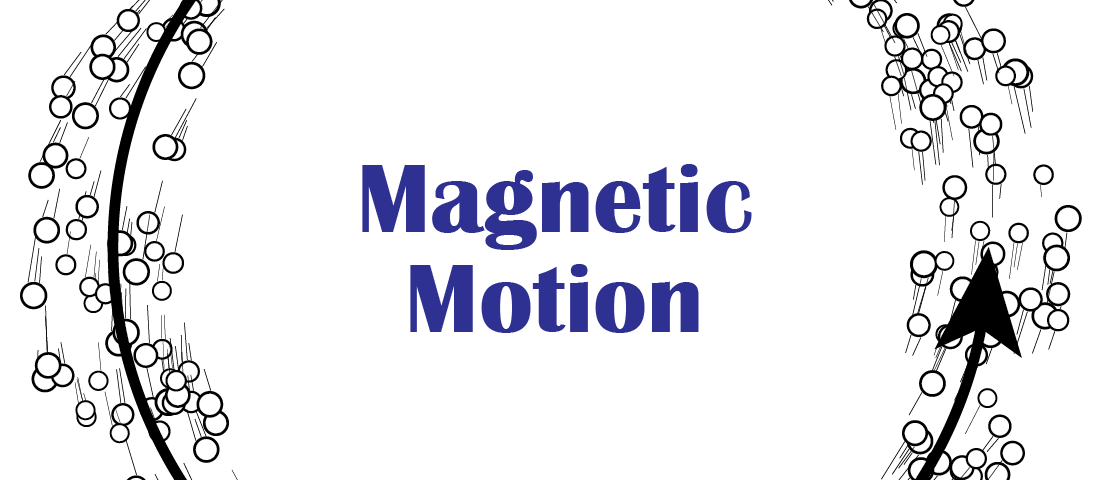What are magnetic fields and how do they form? Magnetic fields are made up of the same particles that make up light and gravity and electricity – all which travel in and around the speed of light. We call these particles G1 particles. Magnetic motion is when G1 particles are caught in orbits. They are caught in orbits around atomic nuclei but can also be caught in larger orbits that take them well beyond the atomic structures that cause them to orbit.
Magnetic Motion Defined
An orbiting body is a magnetic motion and constitutes a magnetic field. Magnetic attraction, repulsion, and equilibrium occurs when distinct orbiting systems come close or in contact to one another.
Magnetic fields are made up of moving bodies with the following characteristics:
- travel in orbits
- are guided by a gravitic field around a central body or bodies
- cause attraction when two opposite magnetic motions near each other
- cause repulsion when two like magnetic motions near each other
- are similar in size and mass
- can vary in speed as bodies orbit
- occur at all macro or micro levels of the universe
Second Gravity
What makes G1 particles is a second gravitic field made up of G2 particles – G2 meaning down one level in the universe. If you think of atomic nuclei as suns and G1 particles as comets, you can visualize how atoms can guide G1 particles into orbit. We call these “gravity tubes” and that is what guides G1s into orbits around a magnet.
When looking purely at orbits and how these orbits behave when they approach one another, we get the familiar repulsion and attraction. Abstracting, we have these two ideal scenarios.
Pure Magnetic Motion
Any orbiting body in a gravitic field is considered to be magnetic motion.
Opposite Directions: Attraction
When two magnetic motions approach each other in opposite directions, they reinforce each other causing the system to move towards each other.
Same Direction: Repulsion
When two magnetic motions which are rotating in the same direction come together, it creates a disturbance and forces the flows apart.
Two magnetic motions in opposite directions cause repulsion.
The Dinu Effect
The second of the four universal motions in physics is inspired by the Romanian scientist Ionel Dinu and his underwater experiments. We call this the “Dinu Effect”.
A second experiment with two cylinders rotating under water show how they react identically to magnetism.

Here is a video of this experiment.
Read About the Four Universal Motions
![]()
